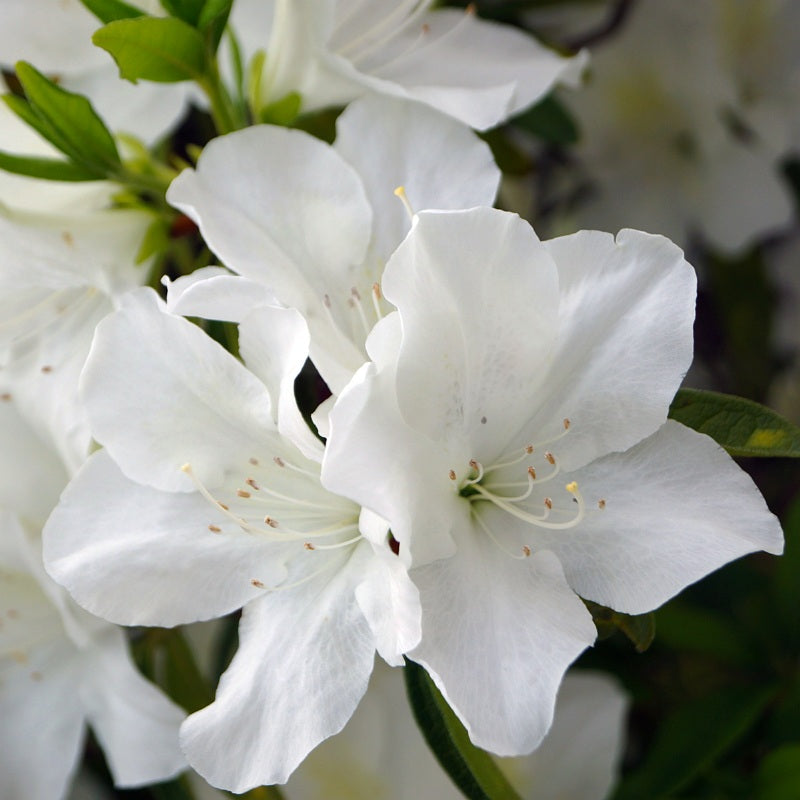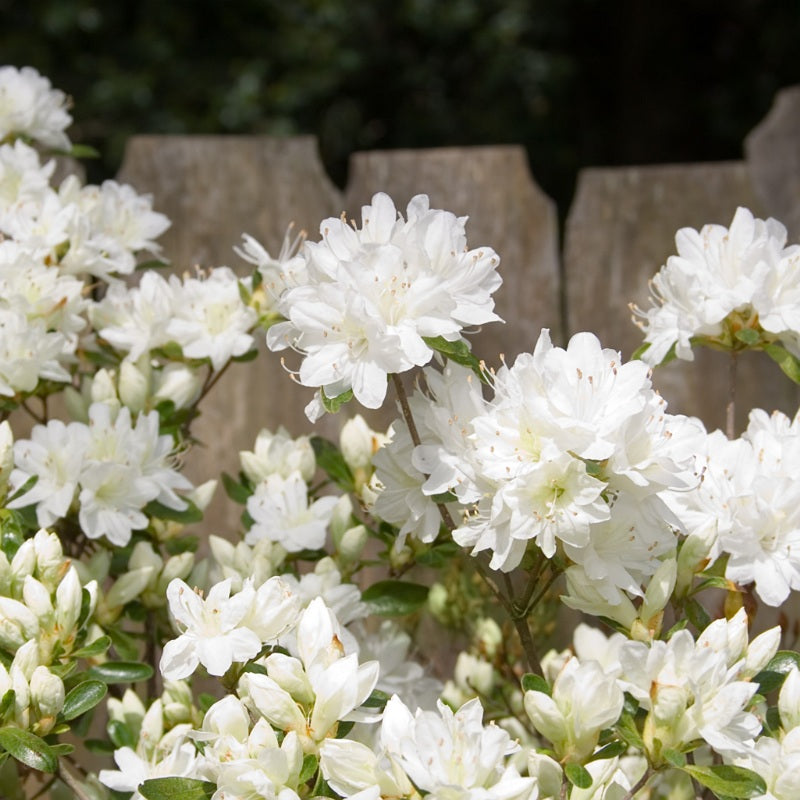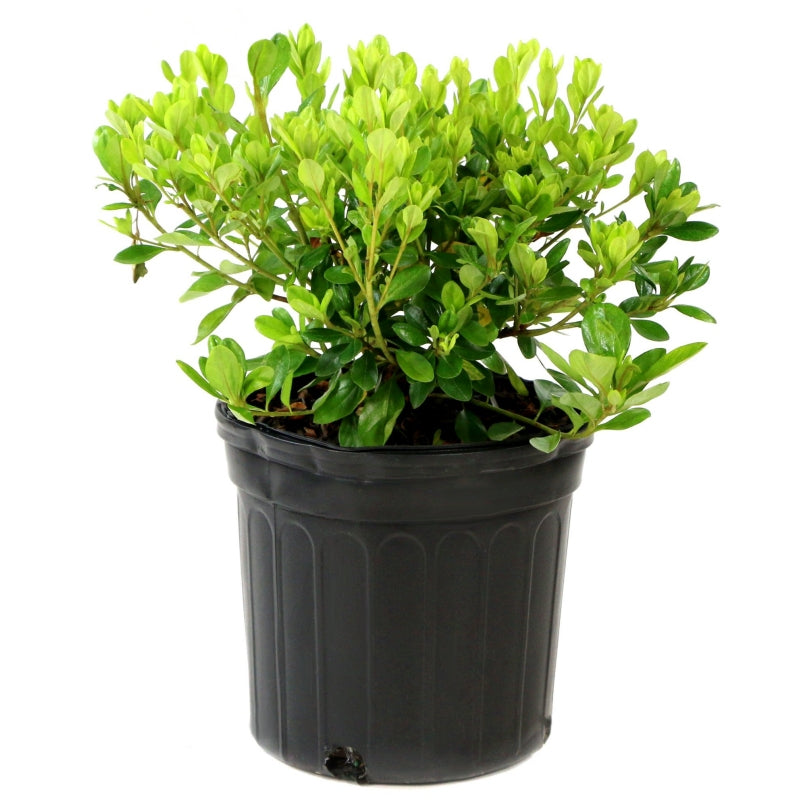Azalea Delaware Valley 3 gal.
Azalea Delaware Valley 3 gal.
48 in stock
Partial shade
Couldn't load pickup availability
Azalea Delaware Valley White - 3 Gallon
Description
The Azalea Delaware Valley White is a stunning evergreen shrub that produces masses of elegant, lightly fragrant white trumpet-shaped flowers in mid-to-late spring. Its dark green foliage provides year-round interest, turning slightly bronze in the fall. Compact and versatile, this azalea reaches 3–4 feet tall and wide, making it perfect for borders, hedges, foundation plantings, or woodland gardens. It thrives in partial sun and acidic, well-drained soil, attracting butterflies and pollinators to your garden. With its low-maintenance care requirements and timeless beauty, the Delaware Valley White Azalea is an excellent choice for adding elegance to any landscape.
Key Features
- **Botanical Name:** *Rhododendron 'Delaware Valley White'*
- **Common Name:** Delaware Valley White Azalea
- **Type:** Evergreen shrub
- **Mature Size:** 3–4 ft tall and wide
- **Bloom Color:** Pure white with a velvety texture
- **Bloom Time:** Mid-to-late spring
- **Foliage:** Dark green, evergreen; turns bronze in fall
- **Sunlight:** Partial sun to part shade (4–6 hours of sunlight daily)
- **Soil Type:** Acidic, well-drained; adaptable to rich or humusy soil
- **Water Needs:** Moderate; keep soil consistently moist but not soggy
- **Hardiness Zones:** USDA 5–8
- **Wildlife Attraction:** Butterflies and pollinators
- **Special Features:** Low maintenance, lightly fragrant blooms, year-round interest
Care Instructions
1. **Planting:** Choose a location with partial sun and well-drained soil. Dig a hole three times as wide as the container and as deep as the root ball. Backfill with a mix of existing soil and compost.
2. **Watering:** Water deeply during the first growing season to establish roots. Afterward, water when the top few inches of soil feel dry.
3. **Fertilizing:** Apply a slow-release fertilizer formulated for azaleas in early spring after frost has passed.
4. **Pruning:** Prune lightly after flowering to maintain shape and encourage growth.
5. **Mulching:** Add a 2–3 inch layer of mulch around the base to retain moisture and regulate soil temperature.
Landscape Uses
- Borders or hedges
- Foundation plantings
- Woodland or shade gardens
- Mass plantings or specimen shrub
- Butterfly and pollinator gardens





